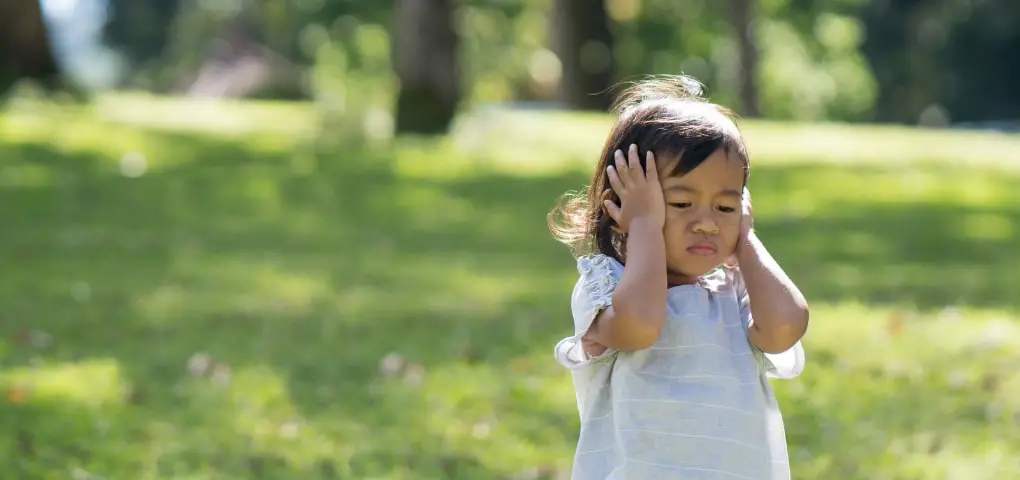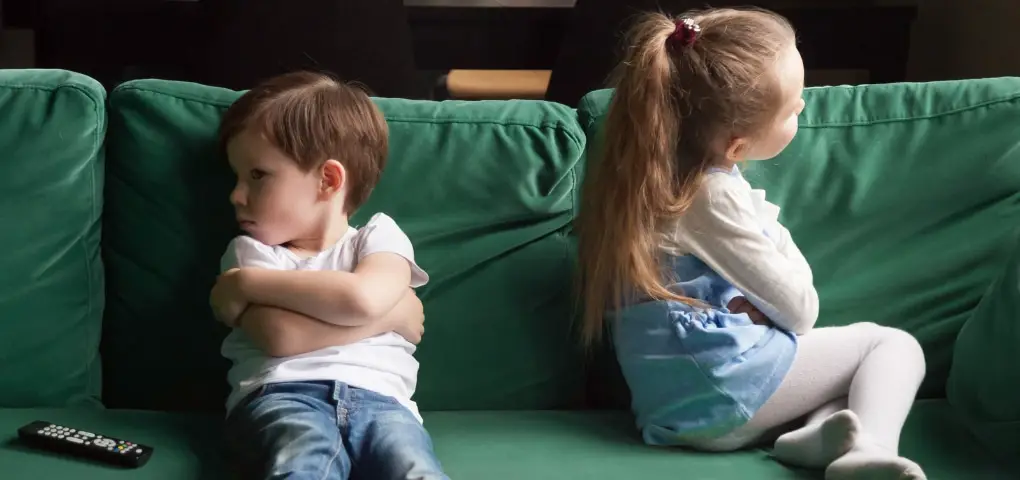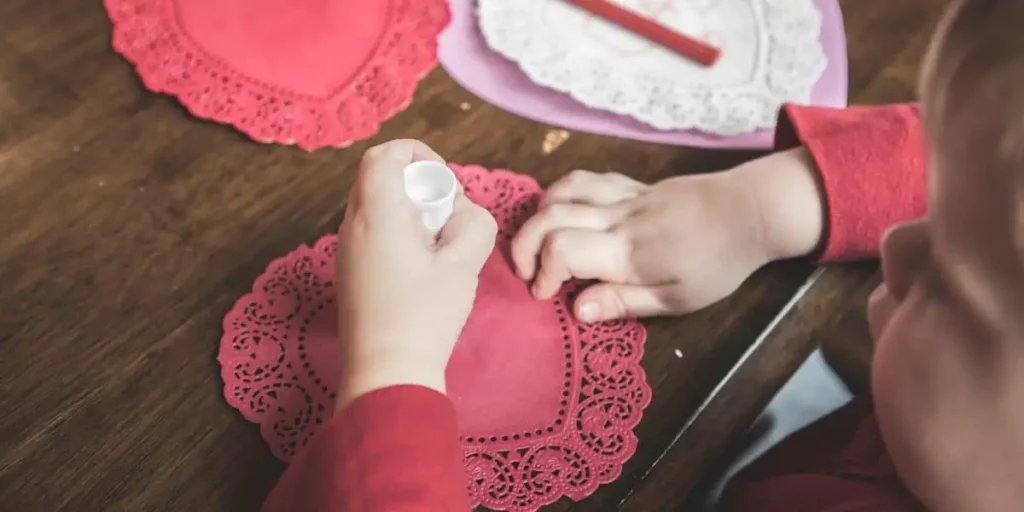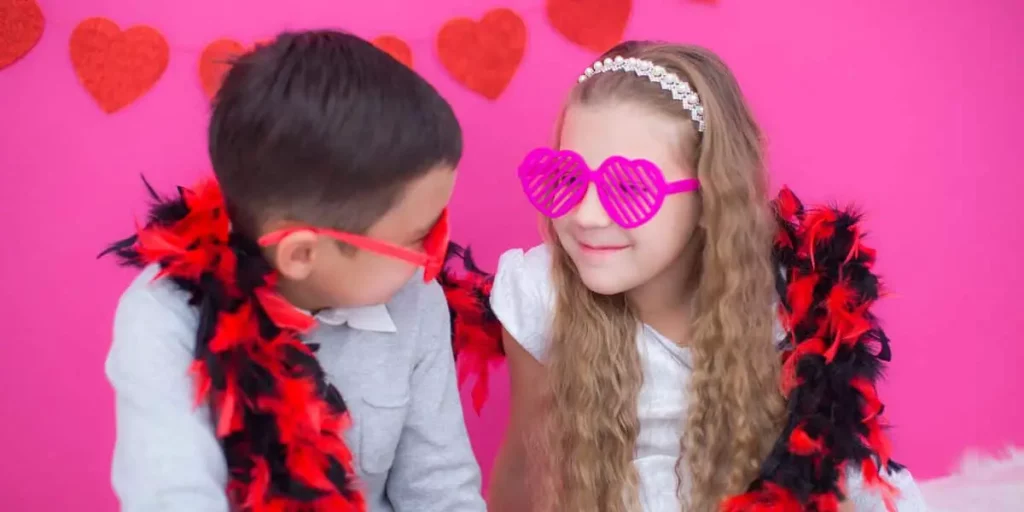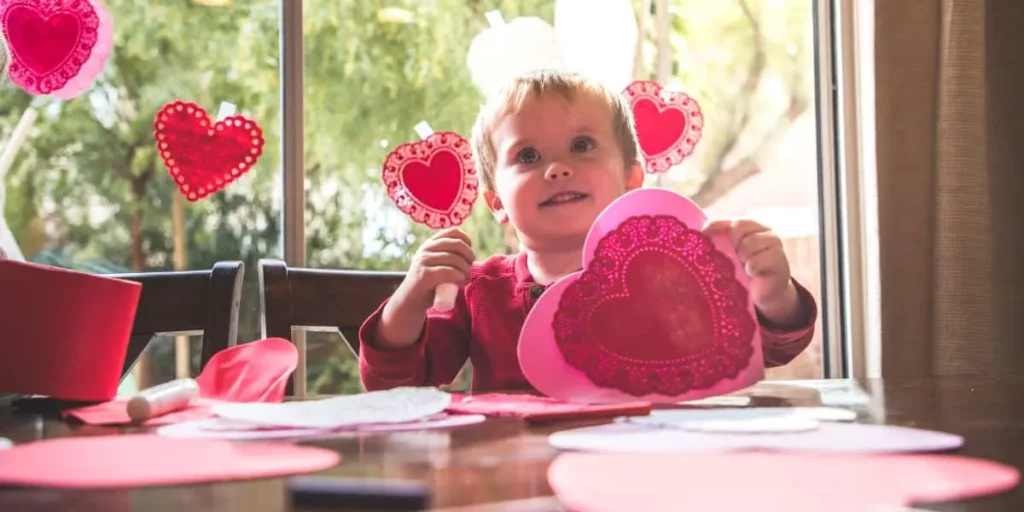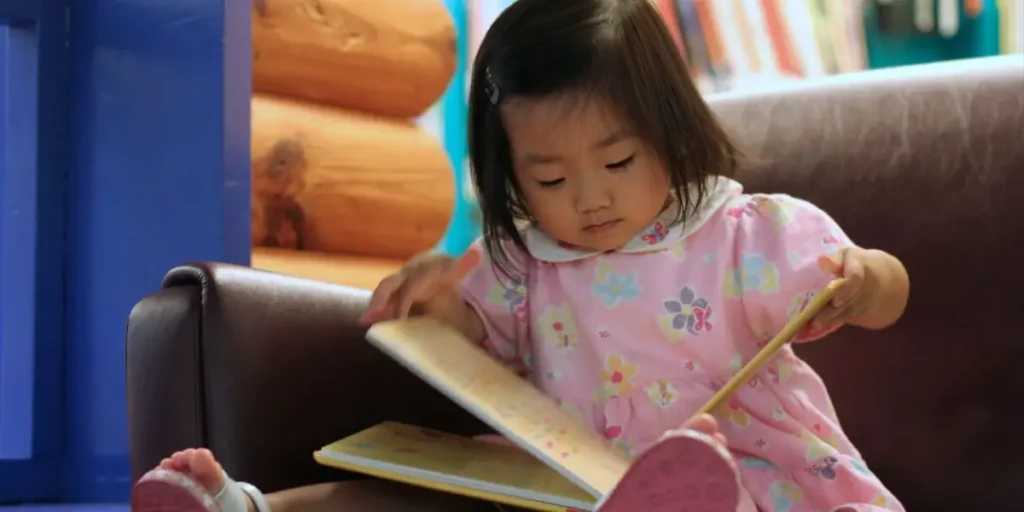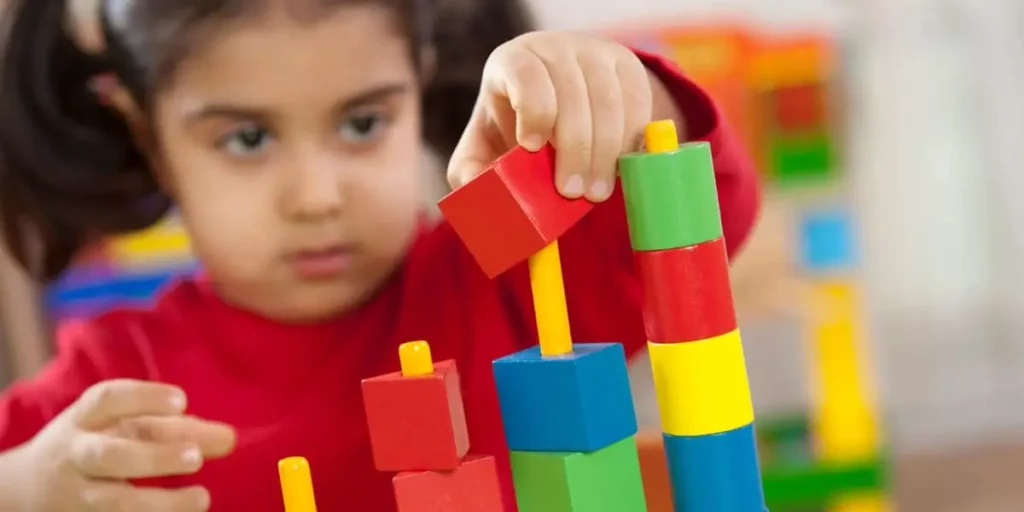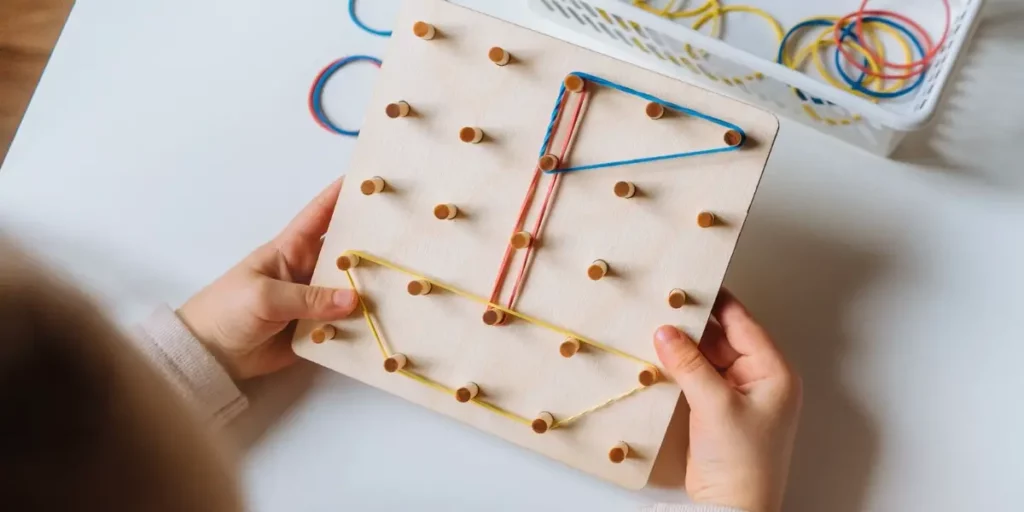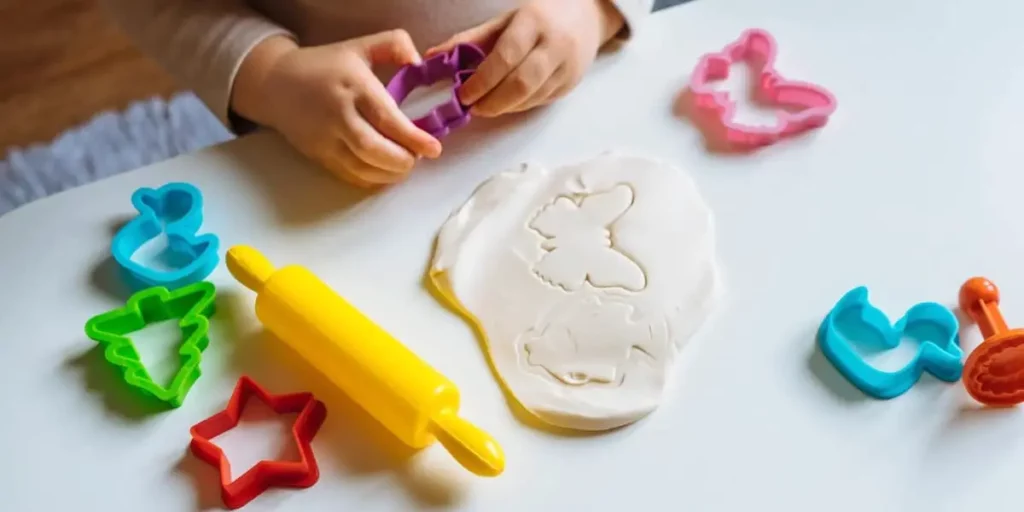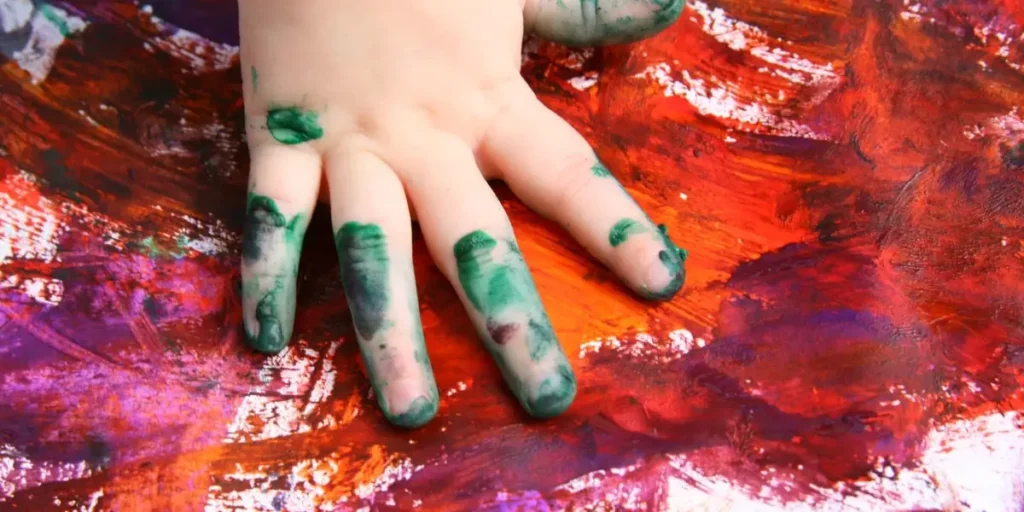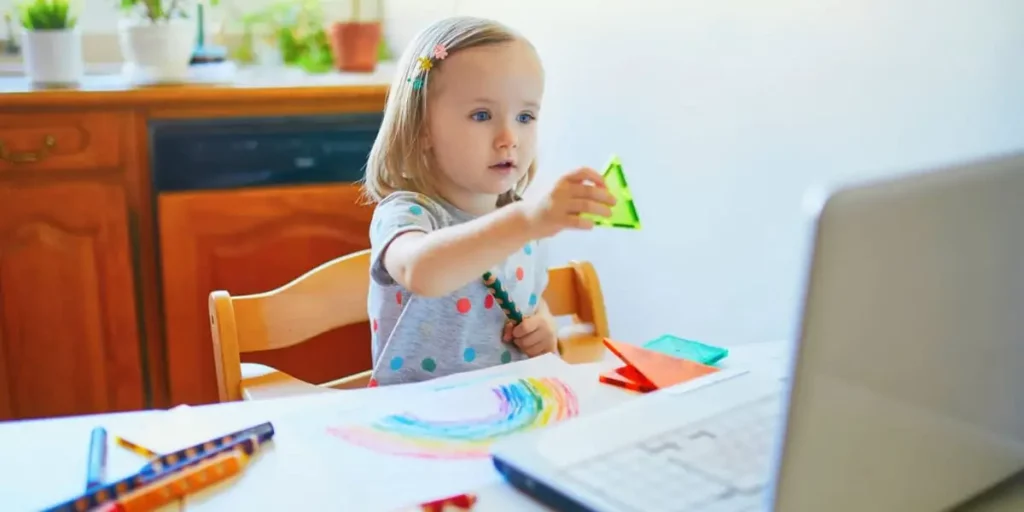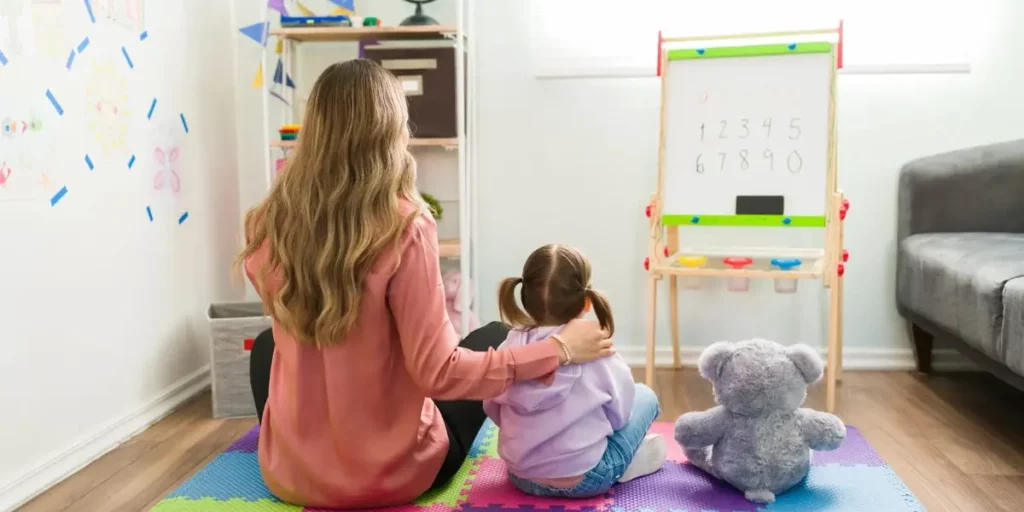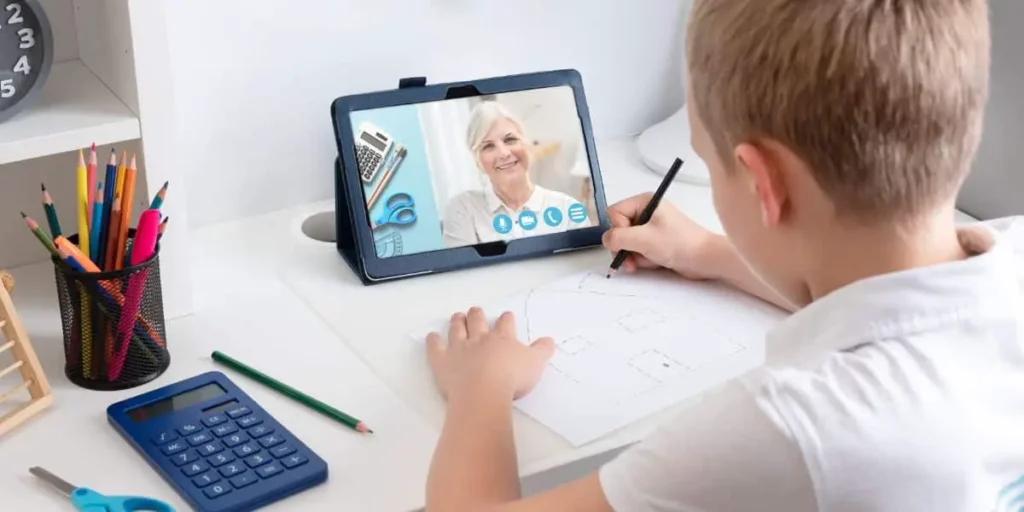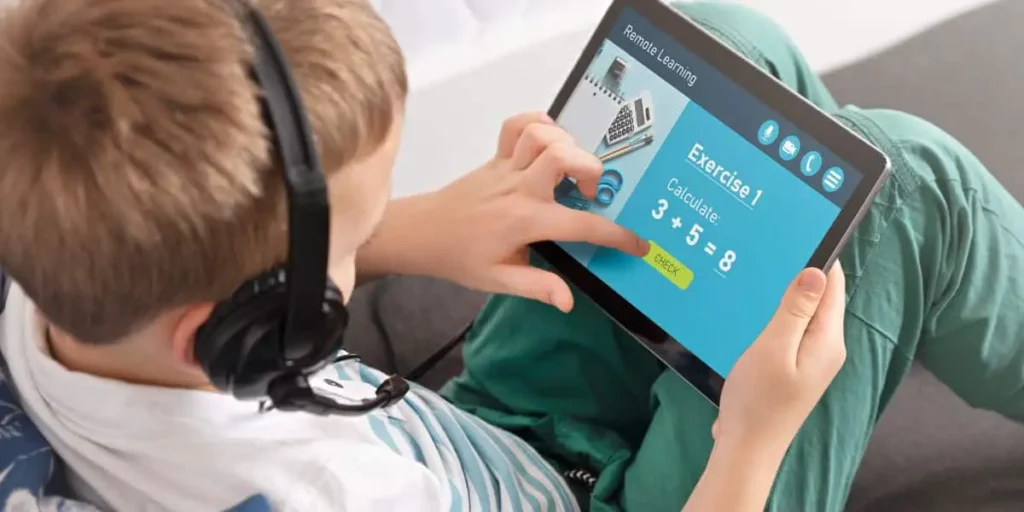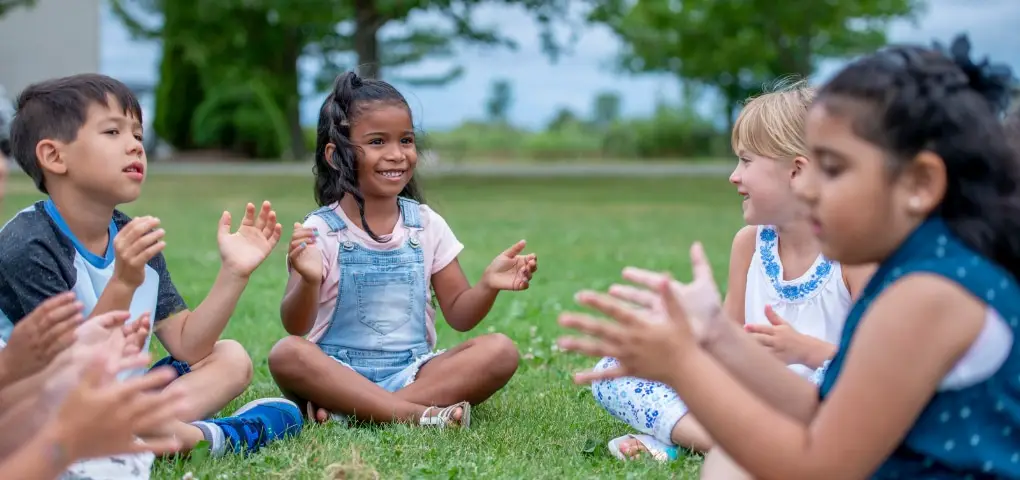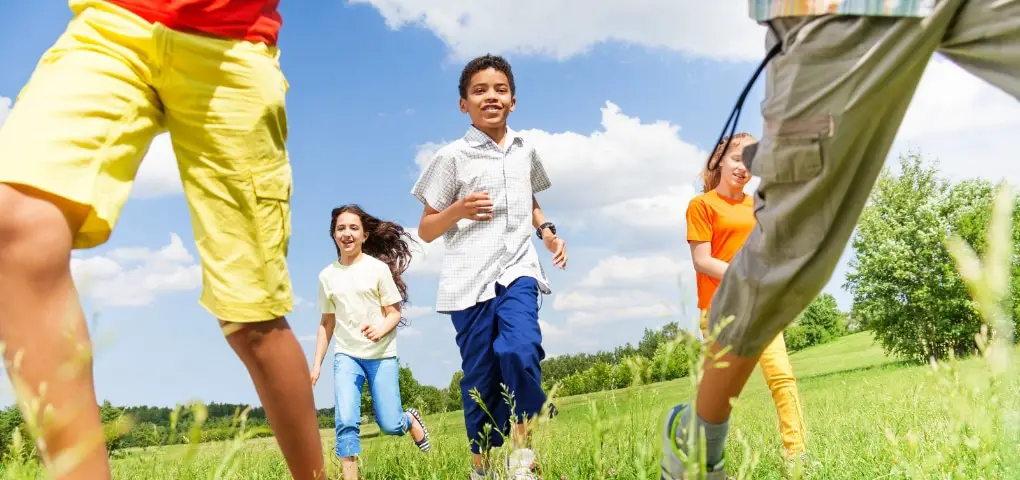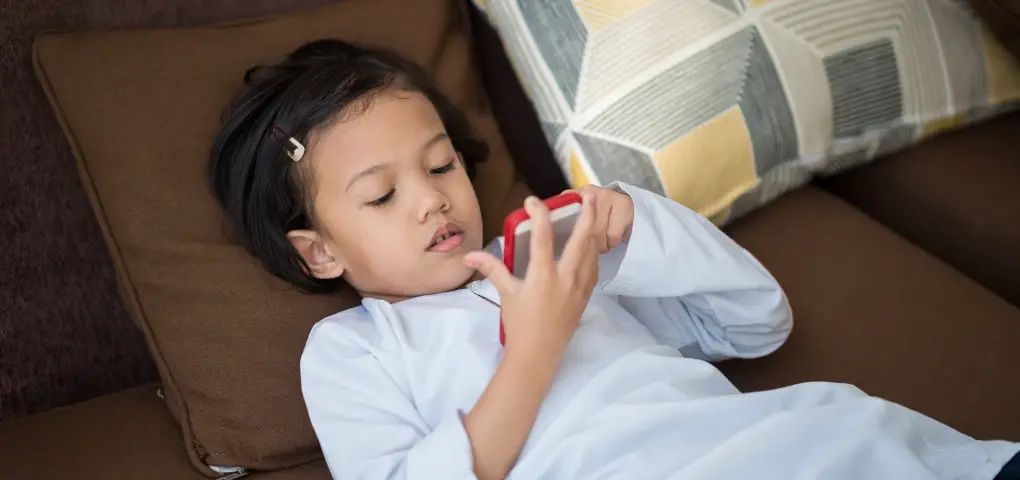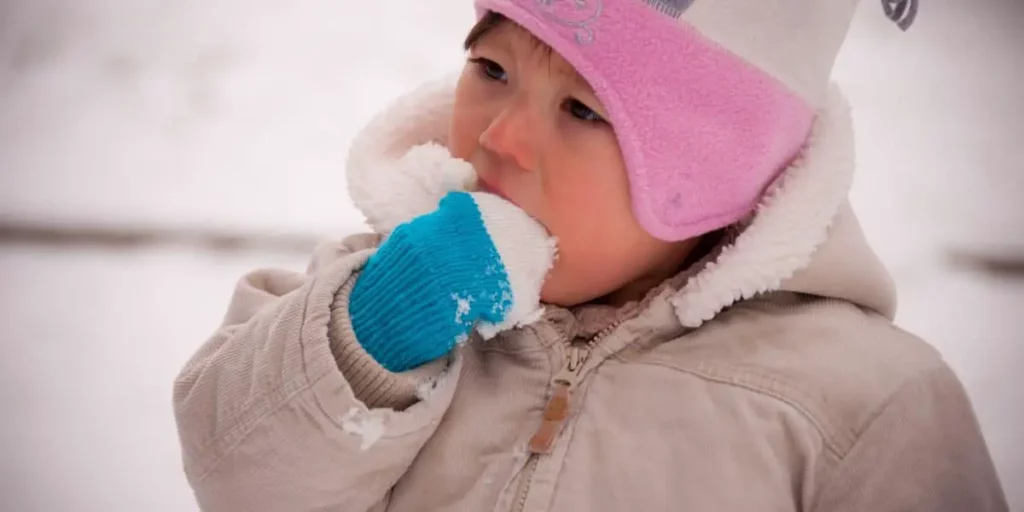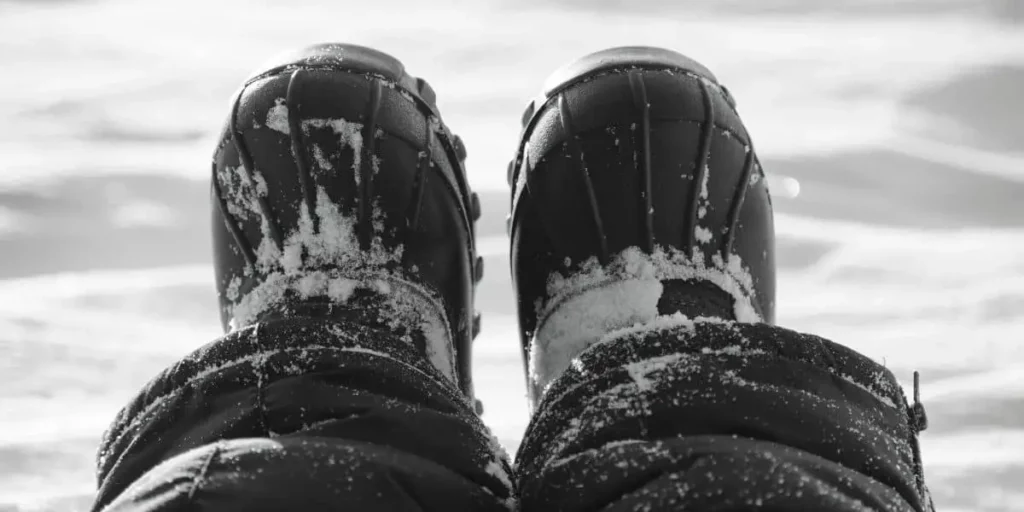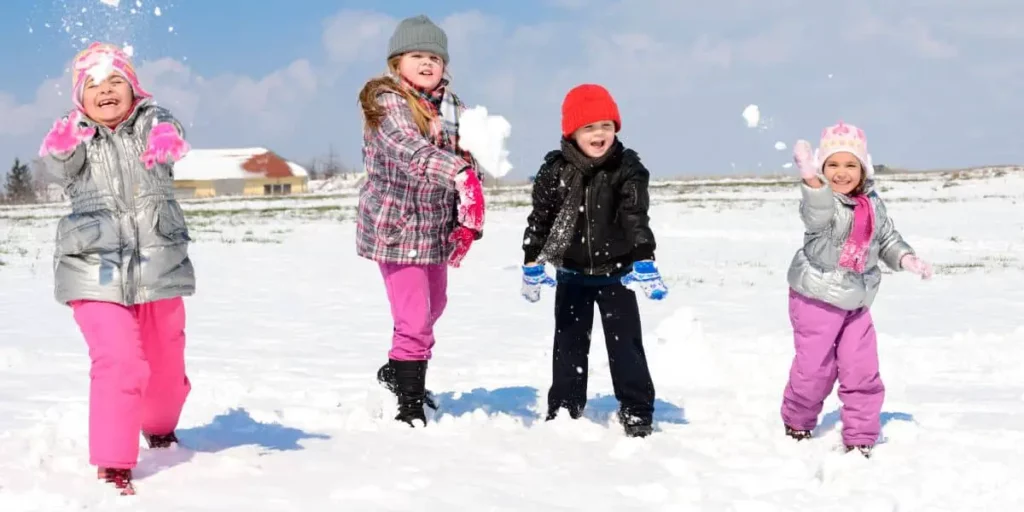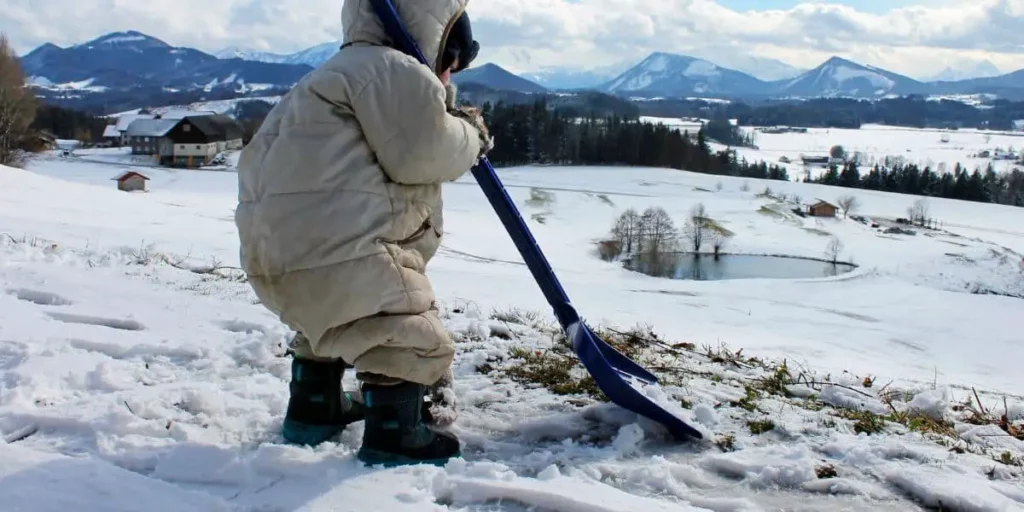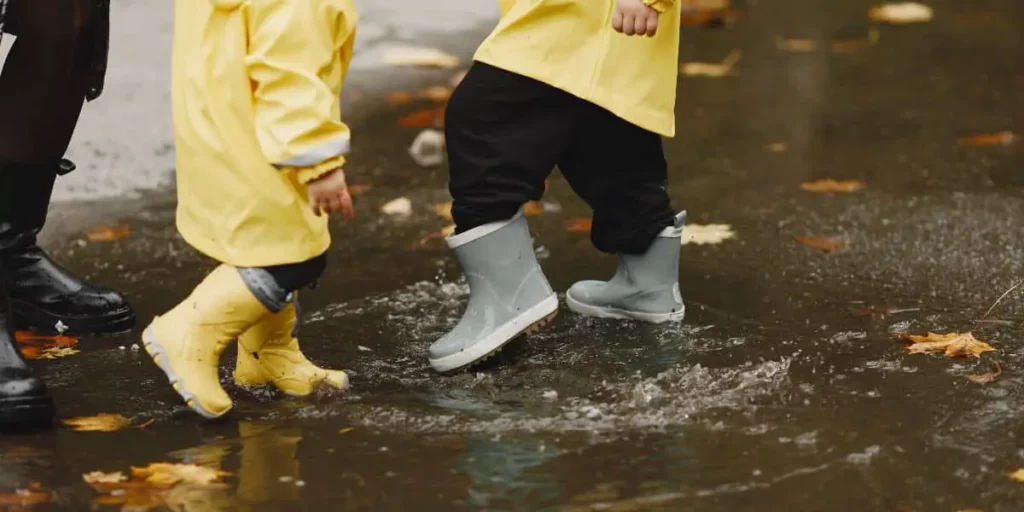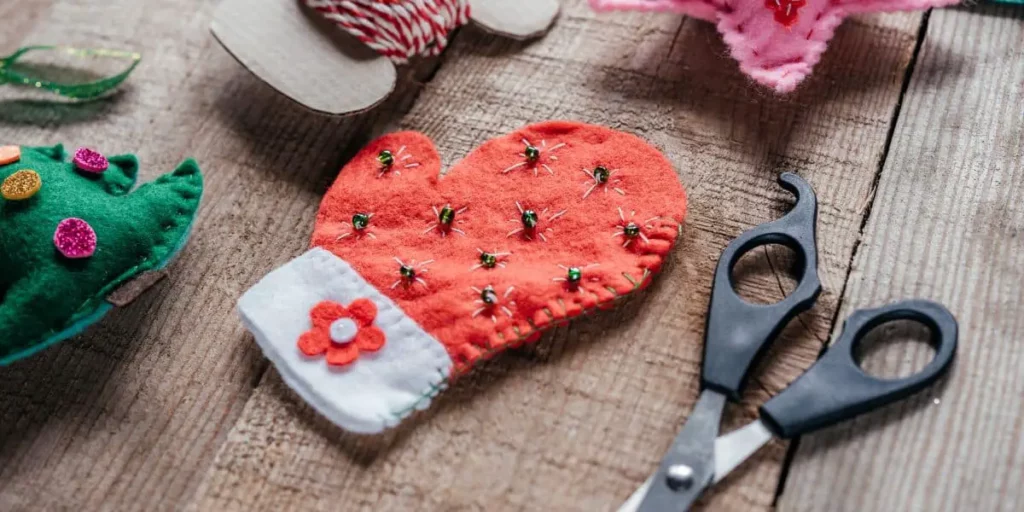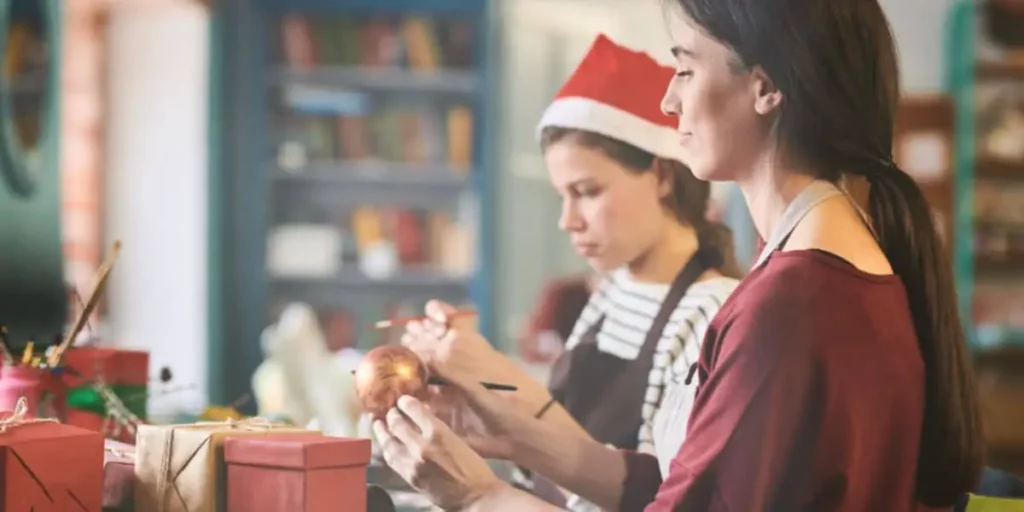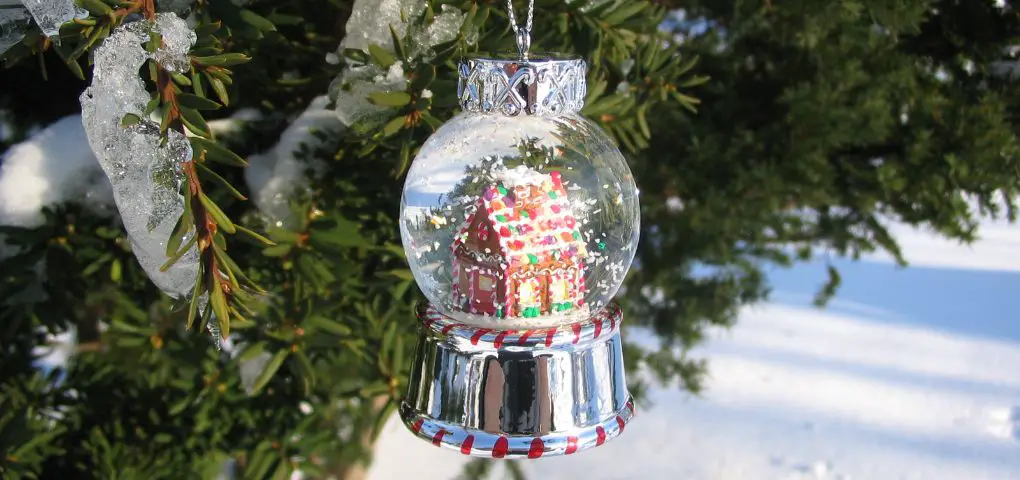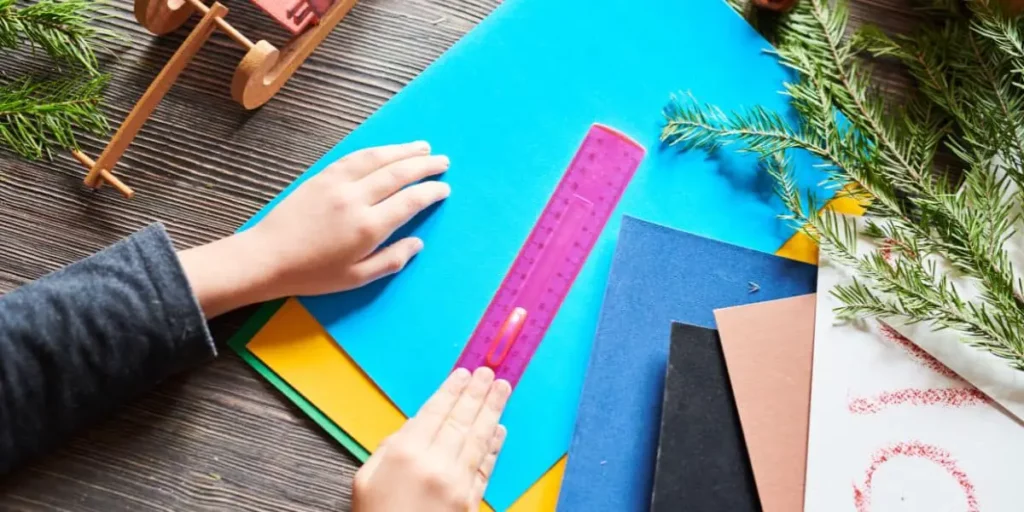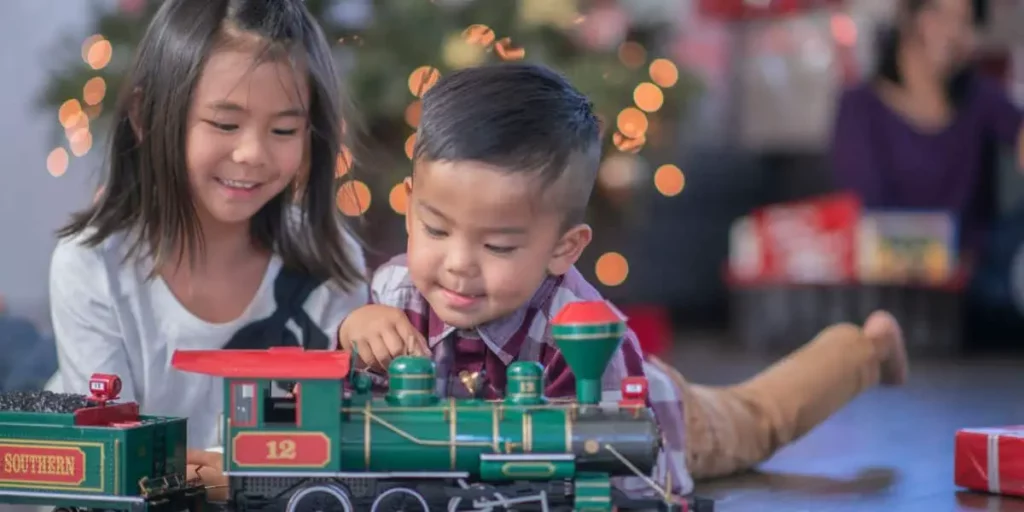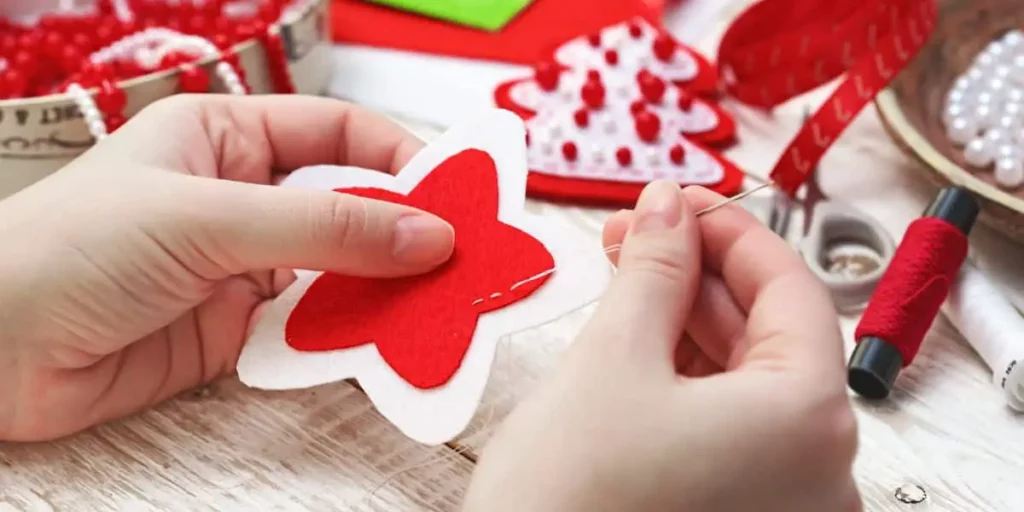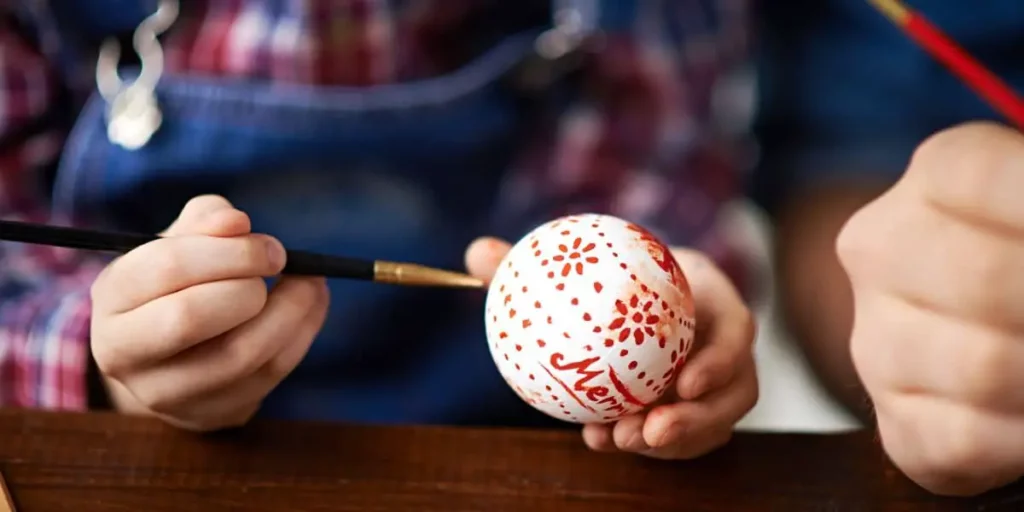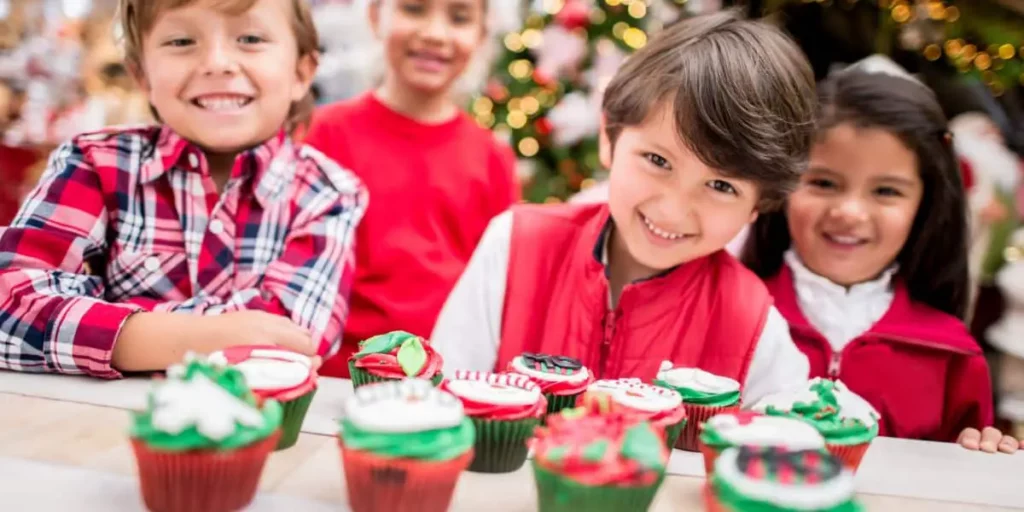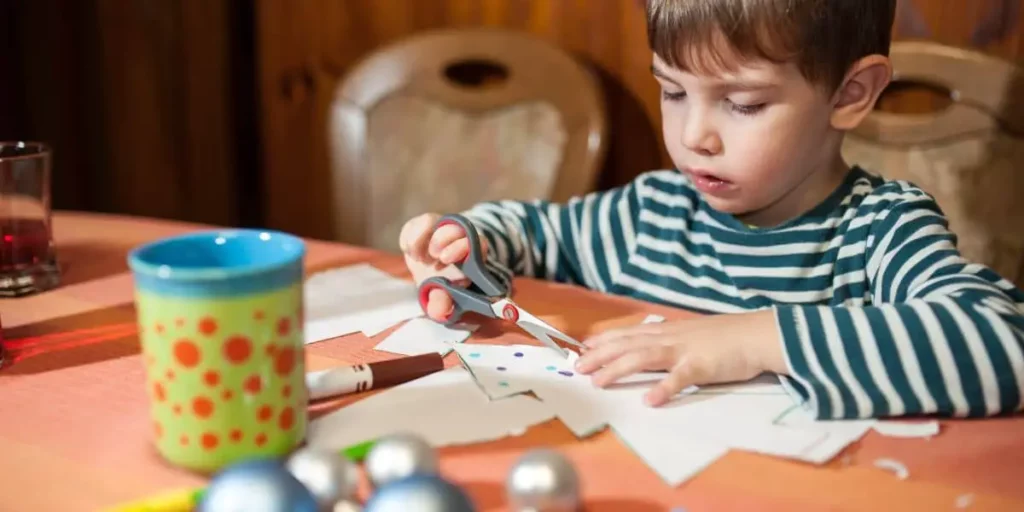Best Kids Sandals of 2023 That Will Surely Impress
Kids sandals offer comfort, support, and style. The right pair can make a big difference in their ability to stay comfortable while playing and running around all day. Finding the perfect pair is no easy feat, especially when trying to find something stylish that your child loves.
To help make choosing easier, we’ve compiled a list of the top-rated sandals for kids that will impress you and your child. So if you’re looking for the best kids’ sandals that will surely impress, look no further than this list.
We guarantee you won’t be disappointed with any of these top-rated sandals.
10 Top-Rated Kids’ Sandals from Amazon
From brightly colored slip-ons to cute and comfy sneakers, there’s something perfect for every type of kid. The toddler sandals on this list are all made from high-quality materials and designed to provide lasting comfort throughout long days at the beach or playground.
The best part is that they come in various sizes, styles, and colors, so you can find the perfect pair for your kid.
Whether you are looking for summer sandals or sandals that have a waterproof leather upper, the best toddler sandals will always guarantee comfort and reliability.
- Teva Y Hurricane XLT 2 Sport Sandal
- KEEN Unisex-Child Seacamp 2 CNX Closed Toe Sandal
- Crocs Unisex-Child Crocband Sandal
- Merrell Unisex-Child Core Hydro Sport Sandal
- Chaco Unisex-Child Z1 Ecotread Sandal
- KEEN Kid’s Moxie Closed Toe Casual Sandal
- Crocs Unisex-Child Bayaband Sandal
- Chaco Unisex-Child Zx1 Ecotread Sandal
- Adidas Unisex-Child Adilette Sandals
- Teva Unisex-Child T Psyclone XLT Sandal
Now, let us explore what makes each sandal so special and why they are perfect for growing kids.
1. Teva Y Hurricane XLT 2 Sport Sandal
The Teva Y Hurricane XLT 2 Sport Sandal is the perfect companion for the outdoor enthusiast. Its upper is constructed of 100% synthetic material and is durable and quick-drying—an excellent solution after water activities or light hikes.
The unique webbing is made from recycled plastic using traceable, verifiable REPREVE polyester yarn by Unifi and secures to your foot with a bungee cord lace. An EVA-foam midsole also supplies lightweight cushioning, while a Spider Rubber outsole provides maximum durability and traction on all terrain.
With these features in mind, the Teva Y Hurricane XLT 2 Sport Sandal is the ideal choice for any outdoor escapades you may embark on this season. No matter what adventures your child will have, you can guarantee that your kid’s sandals will not disappoint.
Pros:
- Durable, vegan, and quick-drying
- EVA foam midsole for cushioning
Cons:
- Unsuitable for more rigorous outdoor activities
2. KEEN Unisex-Child Seacamp 2 CNX Closed Toe Sandal
The KEEN Unisex-Child Seacamp 2 CNX Closed Toe Sandal is designed to provide superior comfort, protection, and traction for kids on land and in the water. The upper features a washable polyester webbing with a PFC-free, super durable, and quick-dry lining. It also has a water-repellent coating to help extend the material’s lifespan.
The rubber outsole’s multi-directional lugs provide outstanding grip on slippery surfaces and won’t leave any marks when walking indoors. And with its secure lace-lock bungee capture system, which offers easy on/off, your little explorer will be comfortable while they take on the outdoors.
An impressive arch support comes from the sandal’s EVA footbed, giving your kid an extra layer of cushioning while they keep their adventures going.
Pros:
- Washable polyester webbing
- PFC-free and super durable
Cons:
- Can be slightly wide for some kids
3. Crocs Unisex-Child Crocband Sandal
The Crocs Unisex-Child Crocband Sandal offers lightweight and fun for parents looking for something easy to put on their busy preschool-aged kids.
Smartly designed with an ethylene vinyl acetate sole and a heel measuring approximately 0.83″, these sandals offer a more secure, stay-on fit with a sporty look and feel to make them perfect for beach-going, school, or running around the playground.
For optimum comfort, it’s advisable to order up a size to the next largest whole size so your child can enjoy these sandals all day long.
Pros:
- Lightweight and vegan
- Easy to put on
Cons:
- May need to be upsized for comfortable wear
4. Merrell Unisex-Child Core Hydro Sport Sandal
The Merrell Unisex-Child Core Hydro Sport Sandal is designed specifically for active and adventurous kids. The sandal is 100% leather and offers unparalleled durability for the active child.
A protective wrap-up toe guard gives your child extra protection during their nature adventures. The sandal also includes a vented upper, decorative bungee lacing for breathability, and an adjustable hook-and-loop closure for easy on and off.
Lastly, an added heel pull loop ensures your child will have no problem getting this outdoor sandal off at the end of a long day of hiking, running, and playing.
Pros:
- Durable 100% leather construction
- Protective wrap-up toe guard
Cons:
- Decorative bungee lacing unsuitable for younger children
5. Chaco Unisex-Child Z1 Ecotread Sandal
If you’re looking for an ecological and stylish sandal choice, the Chaco Unisex-Child Z1 Ecotread Sandal is a great option. This sandal offers maximum comfort without sacrificing style and is made with a polyester jacquard webbing upper that wraps around the foot through the midsole.
The LUVSEAT polyurethane midsole supports feet in wet and dry conditions, while the slip-resistant classic diamond pattern on the Kids Classic outsole of non-marking EcoTread is made from 25% recycled rubber compound with a 2-millimeter lug depth, ensuring steady traction and balanced movement.
For further adjustability and sturdiness, it features durable high-tensile webbing heel risers, all wrapped up in vegan-friendly construction.
Pros:
- Comfortable and secure fit
- Vegan and durable construction
Cons:
- Not ideal for everyday wear
6. KEEN Kid’s Moxie Closed-Toe Casual Sandal
Any parent knows the struggle of finding the perfect pair of shoes for their little one. The KEEN Kid’s Moxie Closed Toe Casual Sandal was designed with both parents and kids in mind.
This sandal features breathable jersey lining and 100% polyester webbing upper, providing long-lasting quality wear whether your kid is in or out of the water.
For added security and support, toddler’s and little kid’s sizes feature a bungee system, while an adjustable hook-and-loop strap closure provides a secure fit. You can also rest easy knowing that its non-marking rubber outsole leaves no imprint when walking indoors.
With several youthful color schemes to choose from, this sandal looks great for any occasion making it a great choice for growing feet.
Pros:
- Breathable jersey lining
- 100% polyester webbing upper
Cons:
- Limited colors
7. Crocs Unisex-Child Bayaband Sandal
Crocs Unisex-Child Bayaband Sandals provide the perfect combination of a sporty look and all-day comfort. Made with 100% synthetic materials and Croslite foam, they offer lightweight Iconic Crocs Comfort that is super easy to wear.
Plus, their more secure “stay-on” fit keeps kids’ feet secure while running around the playground or playing at the beach.
We recommend ordering a size up to the next largest whole size for optimal fit. With Crocs’ signature midsole racing stripe, these sandals for boys and girls are designed for active kids who need durability and style when on the go.
Pros:
- Sporty look; vegan
- Secure feet with “stay-on” fit
Cons:
- Smaller than regular sizes
8. Chaco Unisex-Child Zx1 Ecotread Sandal
When searching for shoes for your little ones, the Chaco Unisex-Child Zx1 Ecotread Sandal is an excellent option. Uppers are made of durable polyester webbing, and the midsole features ChaPU for reliable cushioning.
Long-lasting comfort comes from the Addstride footbed and EcoTread outsole, constructed with 25% recycled rubber.
Not only providing long-term comfort and durability to your active tykes, but this product is also part of Chaco’s Responsible Collection, which uses recycled and repurposed materials.
By choosing these sandals, you will be helping to reduce environmental waste while giving your little ones the best in eco-friendly footwear.
Pros:
- Durable polyester webbing; vegan
- ChaPU midsole cushioning
Cons:
- Straps needing frequent adjustment
9. Adidas Unisex-Child Adilette Sandals
If you’re looking for comfortable, lightweight protection against hot summer days, the Adidas Unisex-Child Adilette sandals might be just what you need for your kids.
These protective swim sandals with 100% synthetic soles come with a quick-drying upper and an adjustable hook-and-loop strap, ensuring they stay on throughout their fun and games.
The EVA outsole is lightweight, flexible, and durable, perfect for kids’ active wear. Designed in the USA and made from 100% man-made materials, these sandals won’t let you down when it comes to keeping your little ones safe!
Pros:
- Lightweight and flexible
- Made from 100% synthetic materials; vegan
Cons:
- Slippery sole when wet
10. Teva Unisex-Child T Psyclone XLT Sandal
Experience the ultimate level of comfort with Teva Unisex-Child T Psyclone XLT Sandals.
Expertly crafted with a premium upper of rich and supple nubuck, these sandals whisper of luxury, all while offering multiple points of adjustability for a perfect fit, thanks to their easy hook-and-loop closure that gets the fit just right.
In addition, they come equipped with injection-molded strap ends for easy grip and adjustability, as well as a rubber outsole for added durability and traction. Not to mention, their EVA-foam midsole adds lightweight cushioning.
These sandals are great for getting around town or participating in plenty of water activities. They will surely keep your kids’ feet comfortable in style all day long.
Pros:
- Easy hook-and-loop closure for a perfect fit
- Durable rubber outsole with traction; vegan
Cons:
- Can be tricky to clean
How to Choose the Best Kids Sandals
When it comes to choosing the best sandals for kids, there are a few key factors to consider, including:
1. Type
The type of sandal you choose for your child should depend on the occasion and the activity. For example, water-resistant sandals may be best if your little one is headed to a summer camp or beach outing. On the other hand, if your kiddo will be attending a fancy family event, then dressy sandals would be the way to go.
2. Size
It is important to make sure that you get the right size sandals for your little one. The last thing you want is for them to feel uncomfortable or have their feet slip out of their shoes when running around.
The best way to get the right size is by measuring your kiddo’s feet before making a purchase. The measurements should be in length and width to get the most accurate fit possible.
3. Quality of the Material
When finding quality kids’ sandals, make sure you look for a pair made of durable and high-quality materials. The material should be able to withstand regular wear and tear, as well as keep up with your little one’s active lifestyle. The type of material can also help determine how long the sandals will last and how comfortable they will be for your child’s feet.
4. Cost
When it comes to cost, the best kids’ sandals can range from affordable to expensive. The price will depend on the type of materials, brand, and design of the sandal. If you want something that is high-quality but still wallet-friendly, then it may be worth looking for an affordable pair that is made of durable material.

5. Color
Finally, you want to ensure that the sandal’s color is suitable for your kiddo’s personality and fashion sense. There are a variety of colors available to choose from, so make sure you pick one that your child will love.
Consider getting a pair in their favorite color or something that will go with most of their clothes.
Considering all these factors, you can find the best kids’ sandals for your child. The right pair of sandals can make a big difference in your kiddo’s wardrobe and help them feel confident and stylish.
So, take your time and shop around to find the perfect pair for your little one. The perfect sandals are out there—you just have to know what to look for.
Wrapping Up
Choosing the best kids sandals can be overwhelming and confusing. The options can seem endless, but with a little research, you’ll find the perfect pair for your child’s needs.
The best kids’ sandals are made from materials that will keep them comfortable and last through numerous adventures. Look for features like adjustable straps, arch support, and breathable fabrics to ensure your child has the best possible experience.
The right pair of sandals can make a big difference in your child’s activities and overall happiness, so be sure to choose wisely. With these tips in mind, you’ll be able to find the perfect pair for your kiddo that will surely impress.
Frequently Asked Questions
How can parents choose the best sandals for their kids?
The material should also be breathable so the foot can stay cool and dry even in hot weather. Lastly, the sole should be durable to provide protection from rough surfaces and offer a good grip.
What are the different types of kids’ sandals?
What features should parents look for when choosing the best sandals?
The straps should also be adjustable and easy to fasten so your kids can take them on and off without difficulty. Finally, look for stylish and fun-looking sandals so your child will love wearing them.
What are the benefits of wearing sandals?
The soles also offer protection from tough surfaces and can help prevent slips or trips. The right sandals will also provide comfort for long days of play and adventure.
Lastly, the stylish designs make them perfect for any formal or casual occasion. Choosing the best kids’ sandals is easy if you know what you want.










